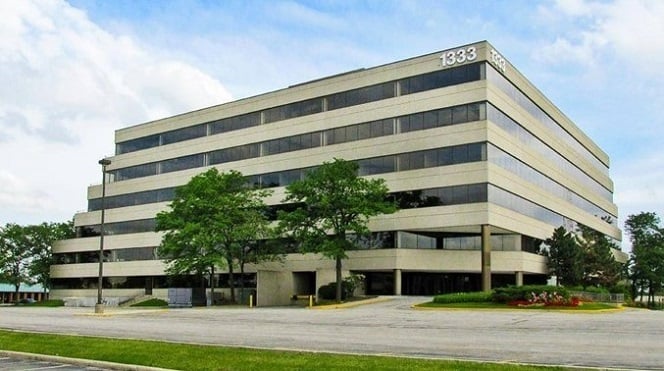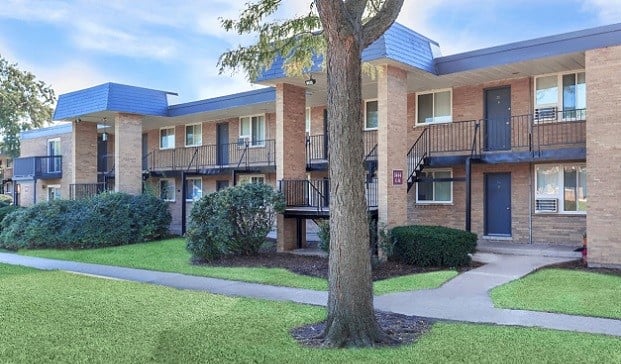NEW YORK CITY—Although Fitch Ratings and Trepp LLC both have reported upticks in the delinquency rate for CMBS, both organizations also have some good, if tempered, news to impart about securitized commercial mortgages. Trepp says that substantial progress has been made in scaling the “wall of maturities” down to size, while Fitch cites generally strong property cash flows for so-called CMBS 2.0 deals.
From the beginning of 2015 through the third quarter of this year, almost $190 billion in US CMBS loans have been paid off or liquidated, says Trepp. The tally represents a sizable portion of the $300-billion wall of maturities, comprised of CMBS loans with final payment dates between '15 and 2018.
“Strong market fundamentals coupled with recent increases in property income levels have allowed borrowers to seize available capital and refinance loans prior to maturity,” says Manus Clancy, senior managing director at Trepp. “However, challenges may arise in 2017 as many loans that mature next year are over-leveraged. With rising Treasury rates and a Fed-imposed rate hike possibly impending, borrowers might find it harder to land refinancing.”
Recommended For You
Want to continue reading?
Become a Free ALM Digital Reader.
Once you are an ALM Digital Member, you’ll receive:
- Breaking commercial real estate news and analysis, on-site and via our newsletters and custom alerts
- Educational webcasts, white papers, and ebooks from industry thought leaders
- Critical coverage of the property casualty insurance and financial advisory markets on our other ALM sites, PropertyCasualty360 and ThinkAdvisor
Already have an account? Sign In Now
*May exclude premium content© 2025 ALM Global, LLC, All Rights Reserved. Request academic re-use from www.copyright.com. All other uses, submit a request to [email protected]. For more information visit Asset & Logo Licensing.









